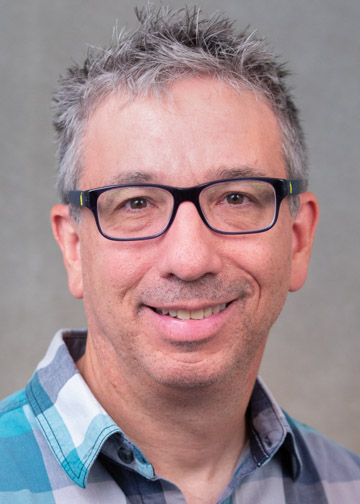Dr. Matthew Purtill

Ph.D., West Virginia University
THE PURTILL QUATERNARY GEOLOGY AND GEOARCHAEOLOGY LABORATORY
My research is interdisciplinary and incorporates a diverse blend of archaeology, geomorphology, hydrology, geology, geochemistry, and pedology -- all loosely placed under the moniker ‘geoarchaeology’. Geoarchaeology includes methods and theories developed in Earth sciences to resolve archaeological questions related to human settlement and land-use behavior, landform and site development, paleoenvironmental reconstructions, and more. In employing this perspective, I concur with Dr. Lucy Wilson who offers that geoarchaeology has the potential to “provide a more inclusive and longer-term view of human–geosphere interactions, and serve as a valuable aid to those who try to determine sustainable policies for the future“ (Lucy Wilson, The role of geoarchaeology in extending our perspective, Geological Society, London, Special Publications, 352, 1-9, 2011). Geoarchaeology extends our perspective into a deeper, more distant past and aligns with recent theoretical trends emphasizing the persistent impact of human activity on geomorphic processes and altered landscapes.
Teaching Interests
Geomorphology, Hydrogeology, Geographic Information Systems
Research Interests
Currently, I'm interested in the timing and distribution of eolian systems in the Midcontinental U.S. and the potential that late Pleistocene-Holocene deposition may cover archaeological data. I've also been involved in the study of North America's earliest colonizers - archaeologically referred to as the Paleoindians - and how they interacted with their environment.
Contracts, Grants and Sponsored Programs
- Instructional Incentive Award for Classroom Innovations, N/A (2022).
Intellectual Contributions
- "A Phase I Archaeological Survey and Abbreviated Technical report for Canaan Valley State Park Resort, Headwaters Trail Project (WV FLAP WVDNR TRL[1]) Tucker County, WV," N/A (N/A).
- "A Phase I Archaeological Survey and Abbreviated Technical report for Sand Fork Wastewater System Improvement Project. Potesta Project No. 010-15-0231-102, Gilmer County, West Virginia," N/A (N/A).
- "Archaeological Investigations of Fulton County, Indiana: Summary Results for a FY17 Historic Preservation Fund Survey," Indiana Archaeology (2023).
- "The Cattaraugus Creek Suspended Sediment and Landslide Mapping Project: 2022-2023 Results," N/A (2023).
- "More than Just Clovis: the Broad Impact of Sampling Bias on Archaeological Site Distributions," Journal of Archaeological Method and Theory (2022).
- "Potential Evidence for Disposal of Latrine Waste into a Fourteenth-Century Abandoned House Basin at the Late Precontact Angel Mounds Site, Indiana (U.S.A.): A Combined Geochemical and Micromorphological Approach," Geological Society of America Abstracts with Programs (2022).
- "Of Marshes, Moraines, and Sand Dunes: New Perspectives into Historic and Precontact Settlement Patterns for Benton, Jasper, and Newton Counties, Indiana," Indiana Archaeology (2021).
Media Contributions
- "Dunkirk Observer" (2023).
- "The Columbus Dispatch" (2023).
- "Fredonia Campus Report" (2022).
- "American Archaeology" (2021).
- "Fredonia Campus Report" (2021).
- "Columbus Dispatch" (2021).
- "Fredonia Campus Report" (2020).
- "Fredonia Campus Report" (2019).
- "Fredonia News and Events" (2019).
Presentations
- "Inland eolian sediments and the potential for archaeological site burial in the upper Midwest: What are we missing?," GSA 2022 North-Central/Southeastern Joint Section Meeting (2022).
- "Potential Evidence for Disposal of Latrine Waste Into A Fourteenth-Century Abandoned House Basin at the Late Precontact Angel Mounds Site, Indiana (U.S.A.): A Combined Geochemical and Micromorphological Approach," Geological Society of America's Annual Conference (2022).
